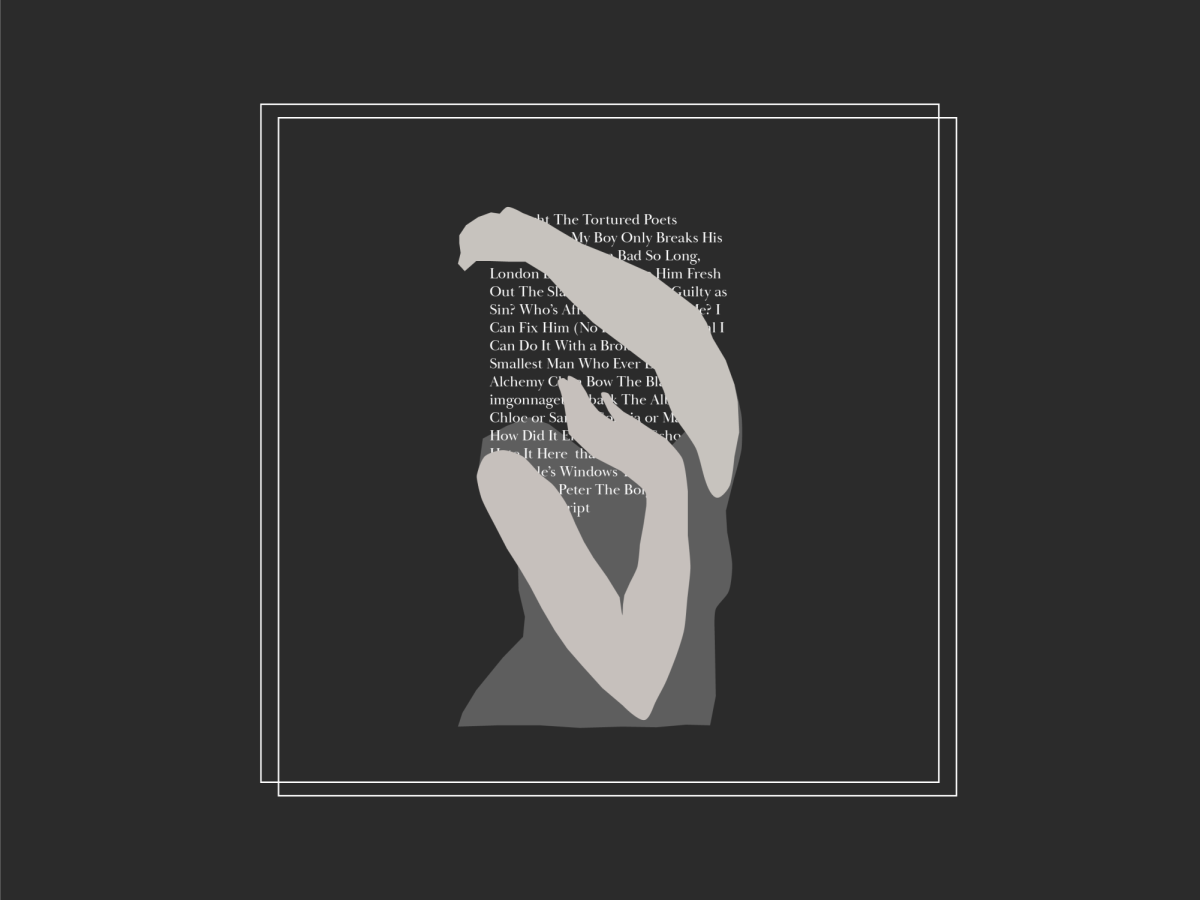By Briyah Paley
Are you deck or fin? “The Hipster Handbook,” by Robert Lanham, will tell you.
Deck is described as “a key word for most hipsters, similar in meaning to the antiquated ‘fresh.’ To be deck is to be up on the latest trends, cutting edge and/or hip. Fin is the opposite of deck, similar to outdated terms like ‘wack’ and ‘lame.” Something that is fin is bad or undesirable.
Lanham’s opening glossary contains all of the hipster-esque language. Of course, if you were truly deck, you wouldn’t want to be exactly like anyone else. But then again, hipsters are known to be conformist nonconformists.
However, at least one hipster says she never hears the word “deck” used.
Jill Marrama, a freshman at Suffolk University, said she read “The Hipster Handbook” in a store. Her friend, Trish Donaldson, who doesn’t attend college, has both of her cheeks pierced and was wearing a skirt her friend made for her out of a leather bus seat.
“The guys I know listen to bad, redundant music and pretend to be in touch with their feminine side,” Donaldson said.
On her style, she said it’s like she is “a deranged school child let loose in her rich aunt’s closet.”
The definition given to the word hipster is, “one who possesses tastes, social attitudes and opinions deemed “cool” by the cool. The Hipster walks among the masses in daily life, but is not a part of them and shuns or reduces to kitsch anything held dear by the mainstream. A Hipster ideally possesses no more than 2 percent body fat.”
There are many qualities that determine if you are truly a hipster. The clothes you wear and music you listen to are just a few. Subcultures subdivide very distinctly and categories include UTF (Unemployed Trust-Funder), the WASH (Waitstaff and Service Hipster), the Bipster (blue-collar hipster), the Loner and the Polit (the politico-literary hipster).
Hipsters of both sexes spend most of their time in dive bars, no-logo coffee places, restaurants with monosyllabic names like Plant and Bound – and avoiding work.
“Cultural trends become fin the moment they hit the mainstream,” Lanham writes. According to the author’s bio, Lanham is the editor of freewilliamsburg.com, a Web site devoted to a section of Brooklyn listed in the ‘Handbook’ as one of the ‘indigenous zones of the hipster in the United States and Canada.”
The book also lists grades for hipster education. For example, New York University scored an A- for their deck downtown digs, while Wesleyan University, in Middletown, Conn., got a C+ for their political activist students.
Sarah Callard-Booz, a freshman English major originally from New York City, knows about hipsters.
“A lot of them wear clothes from thrift stores, but also designer stuff,” she said. “Hair is a big feature too – asymmetrical hair.”
“They’re like a certain group almost,” Boyan Kovacic, a freshman international affairs major, said. “It’s not that they follow high fashion, they just have their own type of things.”
On the book, he says he might give it to a hipster friend as a gift.
The book is complete with a quiz and drawings of the different types of hipster hairstyles (The mullet never looked so good after some of these).
The book costs $9.95 and you can find out more about it at, hipsterhandbook.com.












